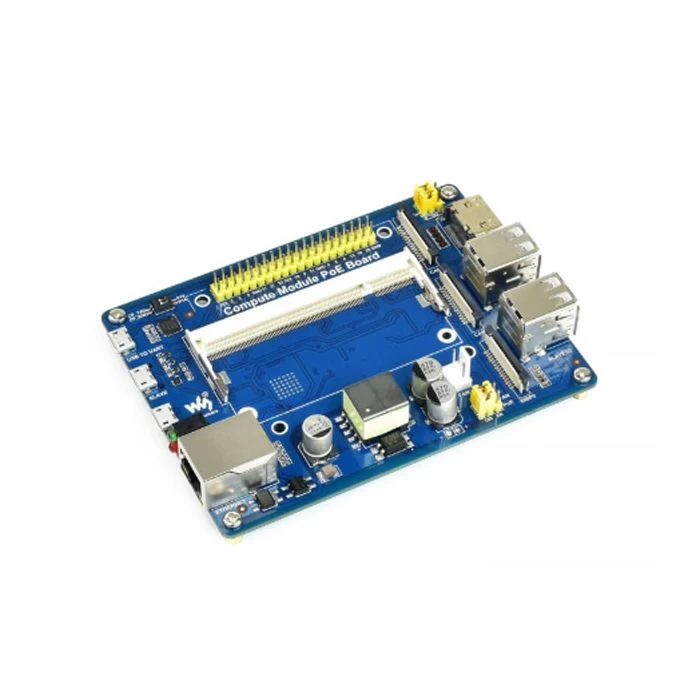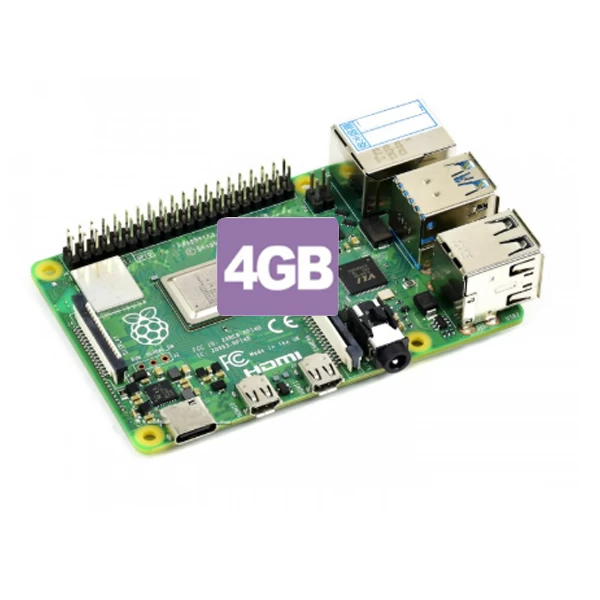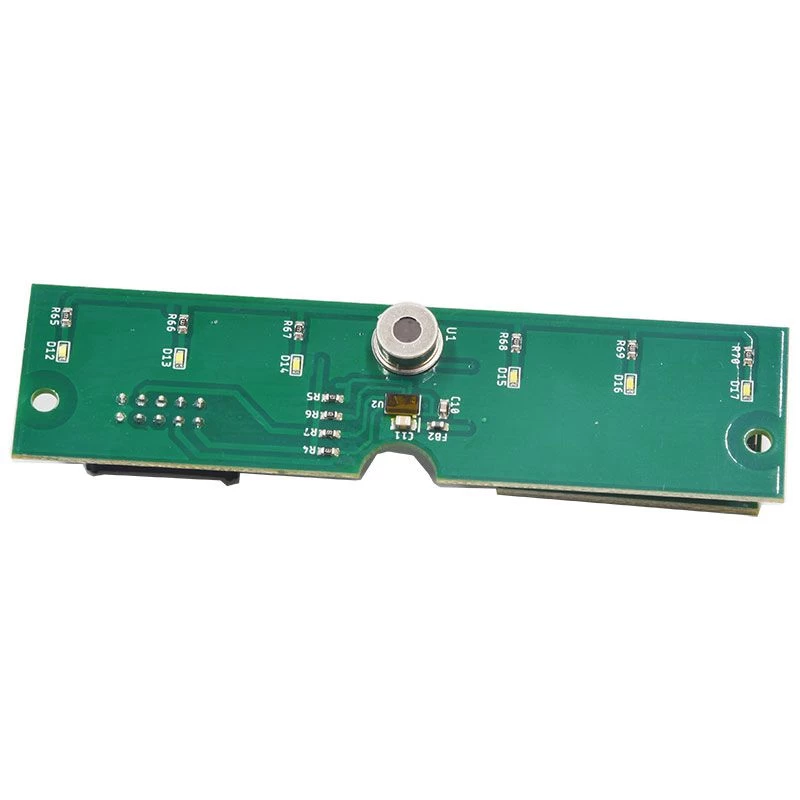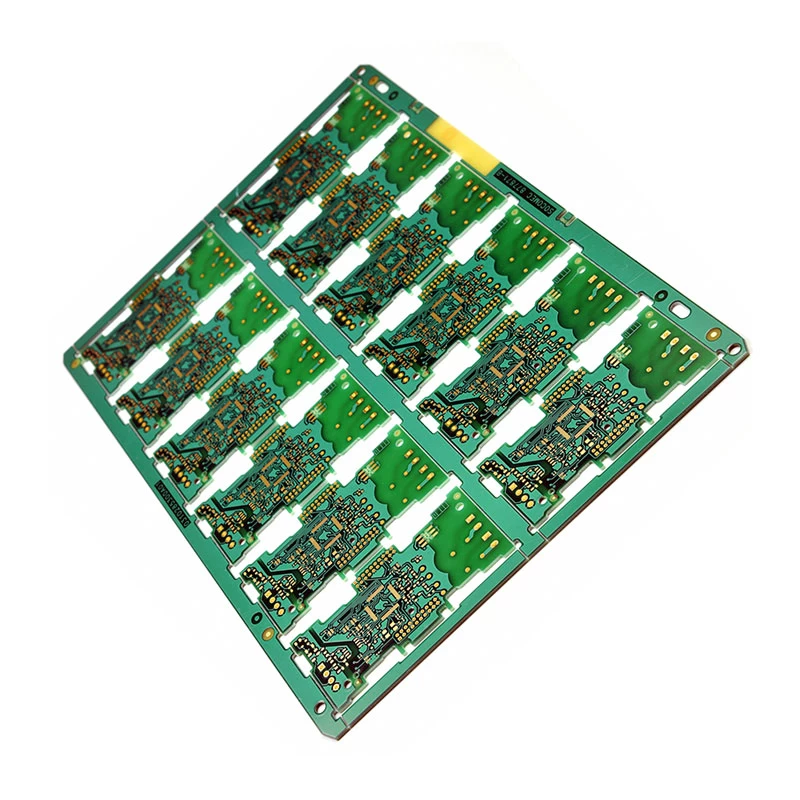How does the PCB reflect the 3W and 20H principles? What is the difference between signal lines?
3W Principle
It is easy to reflect in the PCB design. It is enough to ensure that the distance between the center of the trace and the trace is 3 times the line width. For example, the line width of the trace is 6mil.
Then in order to meet the 3W principle, set the line-to-line rule to 12mil in Allegro. The spacing in the software is to calculate the edge-to-edge spacing.
High Frequency PCB wholesales china

20H Principle
In the PCB design, in order to reflect the 20H principle, we generally shrink the power layer by 1mm from the ground layer when the plane layer is divided. Then punch a shield ground via in the 1mm shrink tape, 150mil each.

There are two types of signal lines in a PCB, one is a microstrip line, and the other is a strip line.
microstrip line
It is a strip trace that runs on the surface layer (microstrip) and is attached to the surface of the PCB. As shown in the figure below, the blue part is the conductor, the green part is the insulating dielectric of the PCB, and the small blue block on the top is the microstrip line ( microstrip line). Because one side of the microstrip line is exposed in the air, it can form radiation to or be disturbed by the surrounding radiation, and the other side is attached to the PCB's insulating dielectric, so part of the electric field formed by it is distributed in the air, and the other part Distributed in the dielectric of the PCB. However, the signal transmission speed in the microstrip line is faster than that in the stripline, which is its outstanding advantage.
Thermal Management manufacturer china

Strip line
Stripline / double stripline, a strip line buried inside the PCB, as shown in the figure below, the blue part is the conductor, the green part is the insulating dielectric of the PCB, and the stripline is embedded between the two layers of conductors Ribbon wire. Because the stripline is embedded between two layers of conductors, its electric field distribution is between the two conductors (planes) that enclose it, and it will not radiate out energy, nor will it be interfered by external radiation. But because it is surrounded by dielectrics (dielectric constant greater than 1), the signal travels slower in the stripline than in the microstrip line.
































